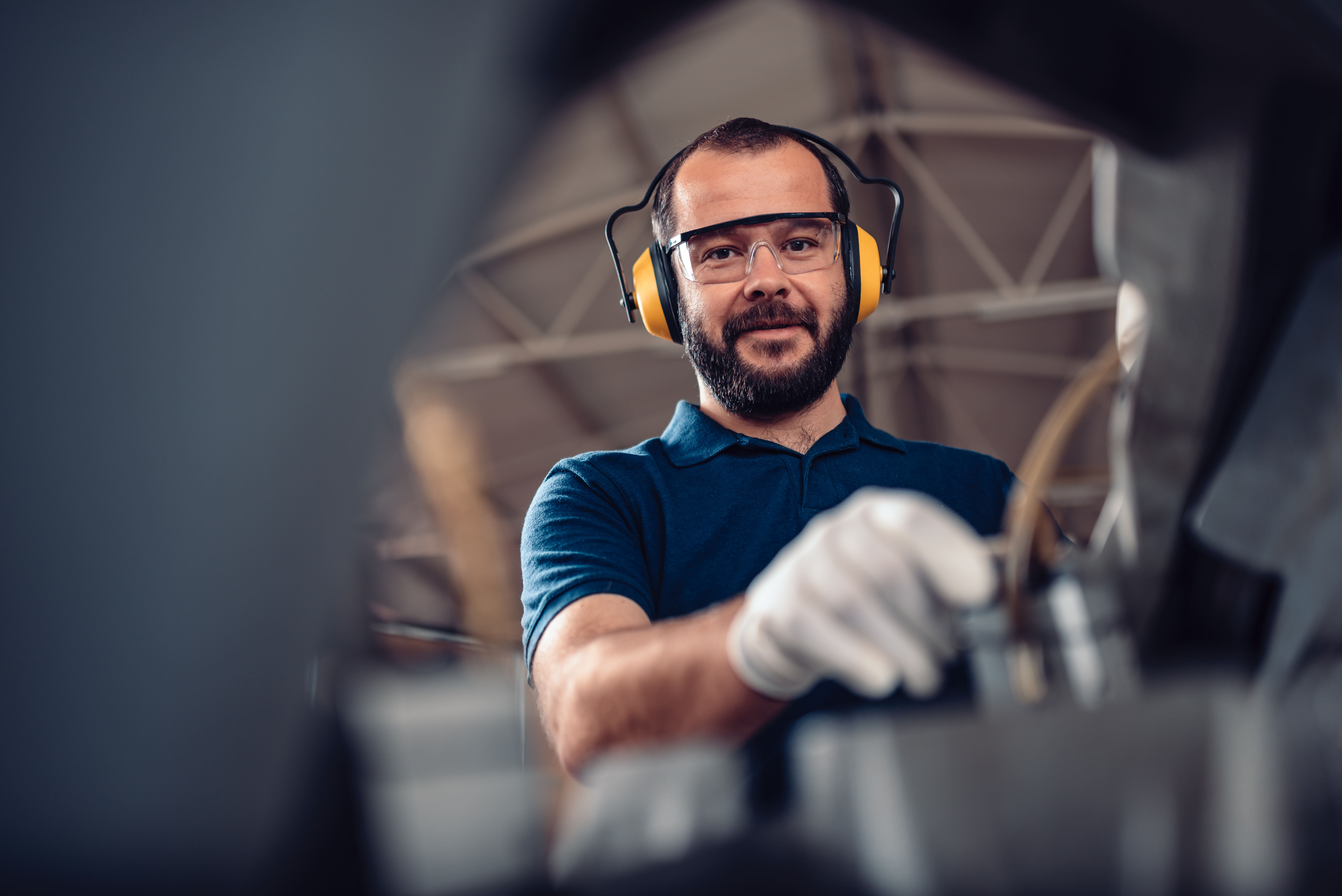People often believe that they can use AM to churn out lots of parts within a few days. Whilst lead times are shortening as the tech evolves, two of the main AM technologies used by SMEs – fused filament fabrication (FFF) and stereolithography (SLA) – can produce small batches of parts in varying time ranges. This could be anything from a couple of hours to a couple of days due to the limited size of the print area.
However, AM can help reduce design life cycle times. Instead of going through several drawing reviews with customers, you can use a 3D printer to turn around the parts ready for feedback within a day or so. And, if you opt for a more advanced printer that can use more robust, engineering-grade materials, then functional prototypes can be produced too. This allows for rapid testing and gives you more confidence that the part will be fit for purpose.
What’s more, AM can be used for tooling – whether that’s jigs and fixtures or tooling for low volume production. If you want to make something that will be injection moulded, for instance, you could print the forming tool once you’ve designed your product. A good example of this in practice can be viewed here.
AM can additionally cut lead times in other ways. Providing temporary spare parts on-demand is something that will save a significant amount of money, getting you back up and running until a more permanent solution arrives.






